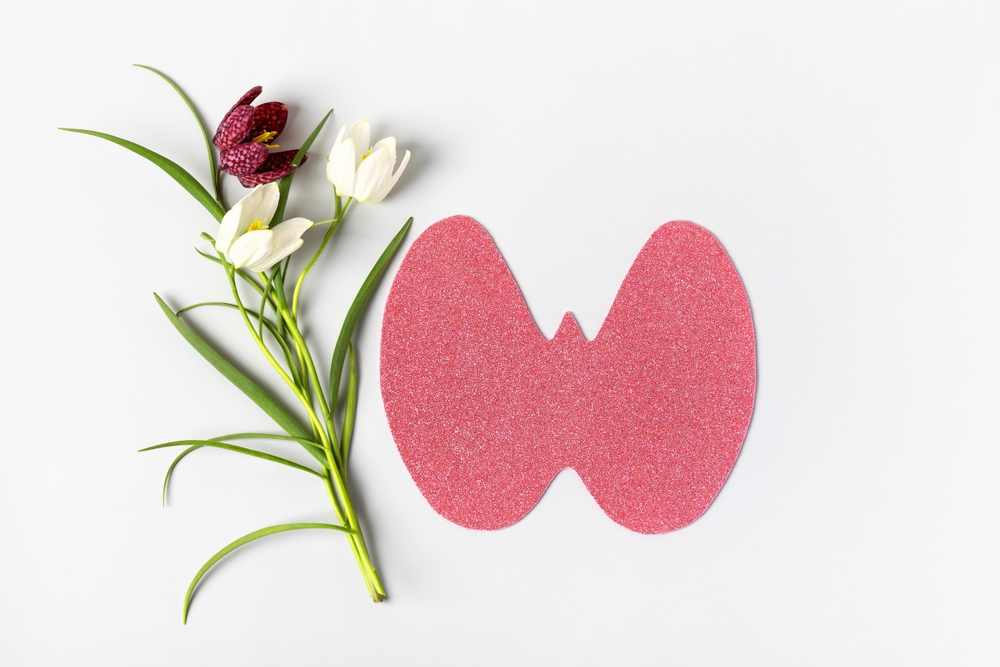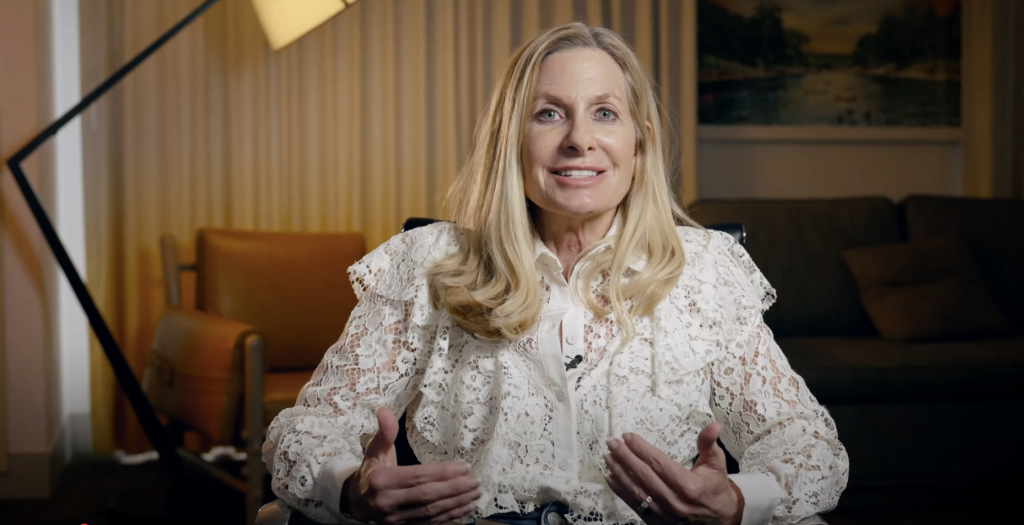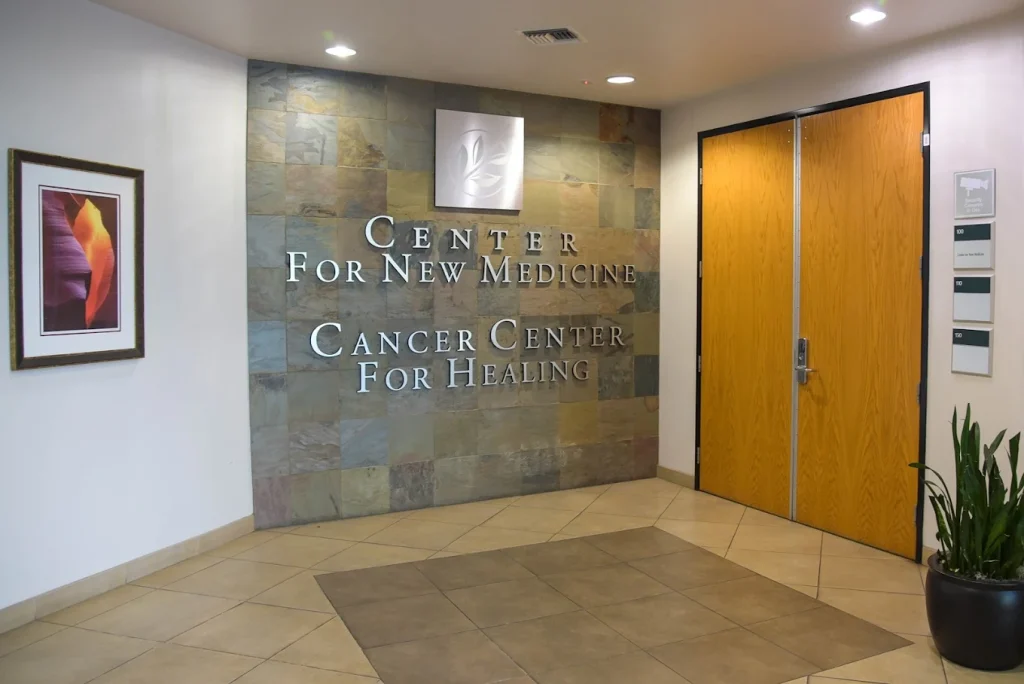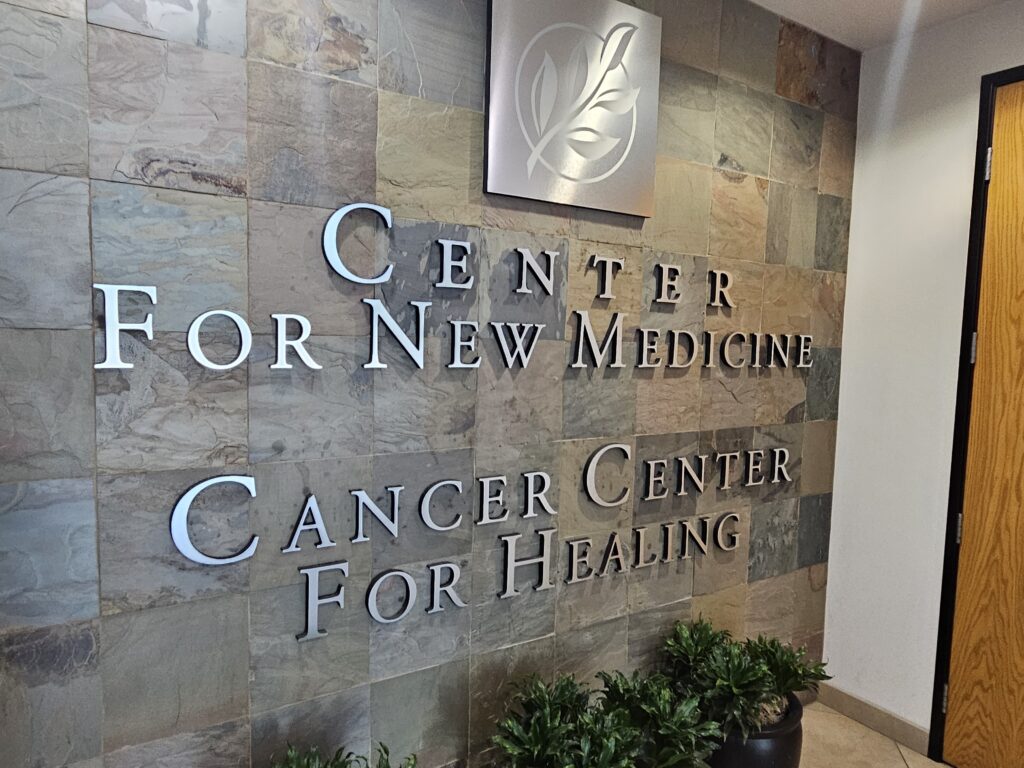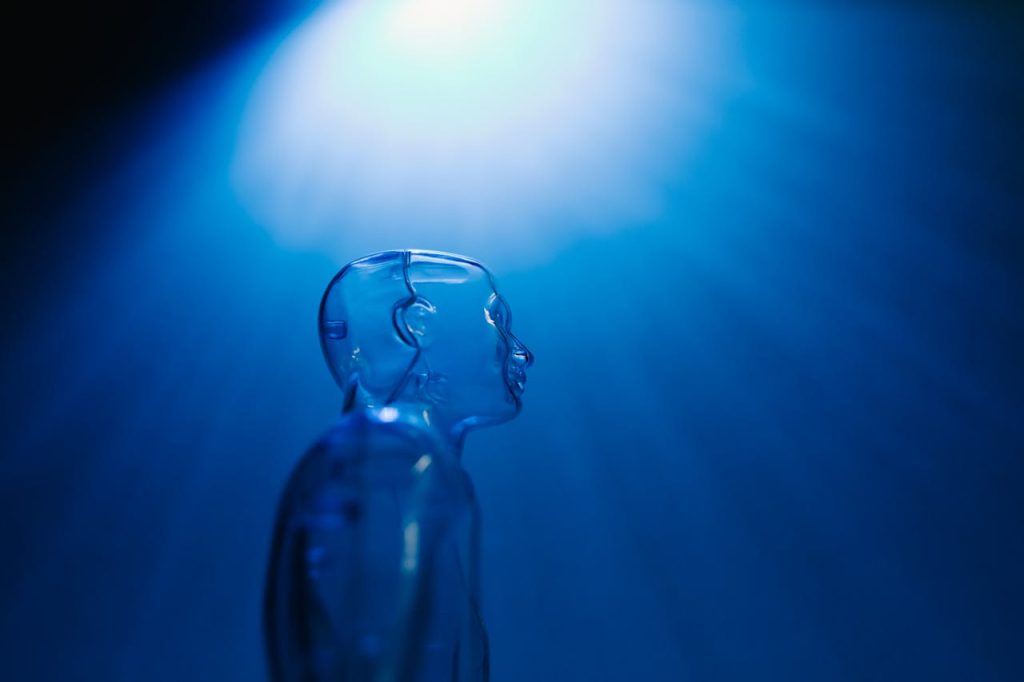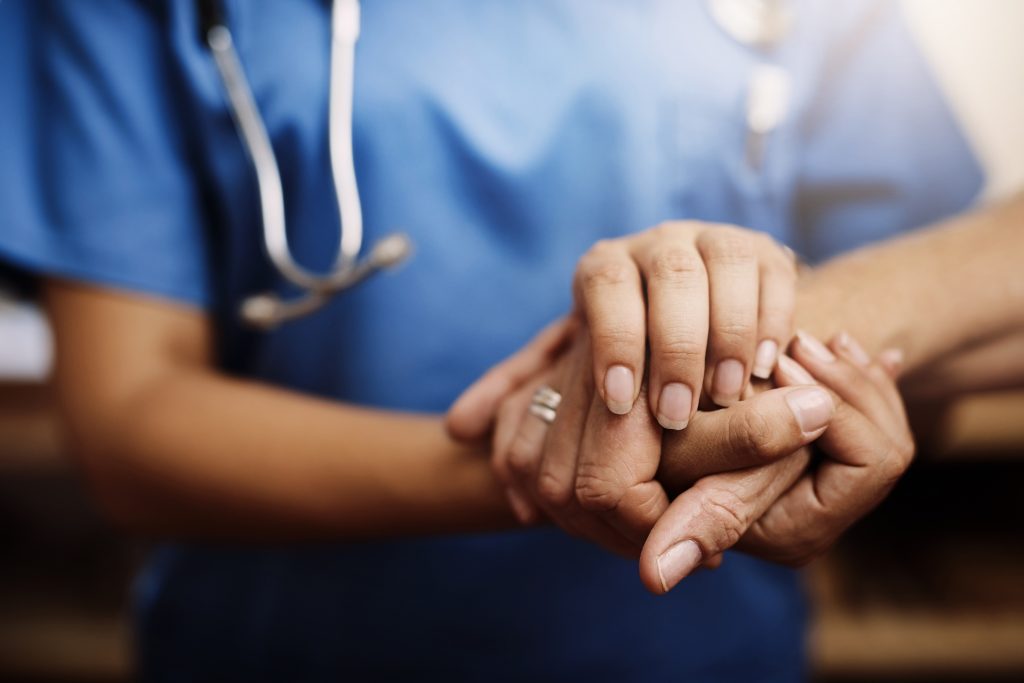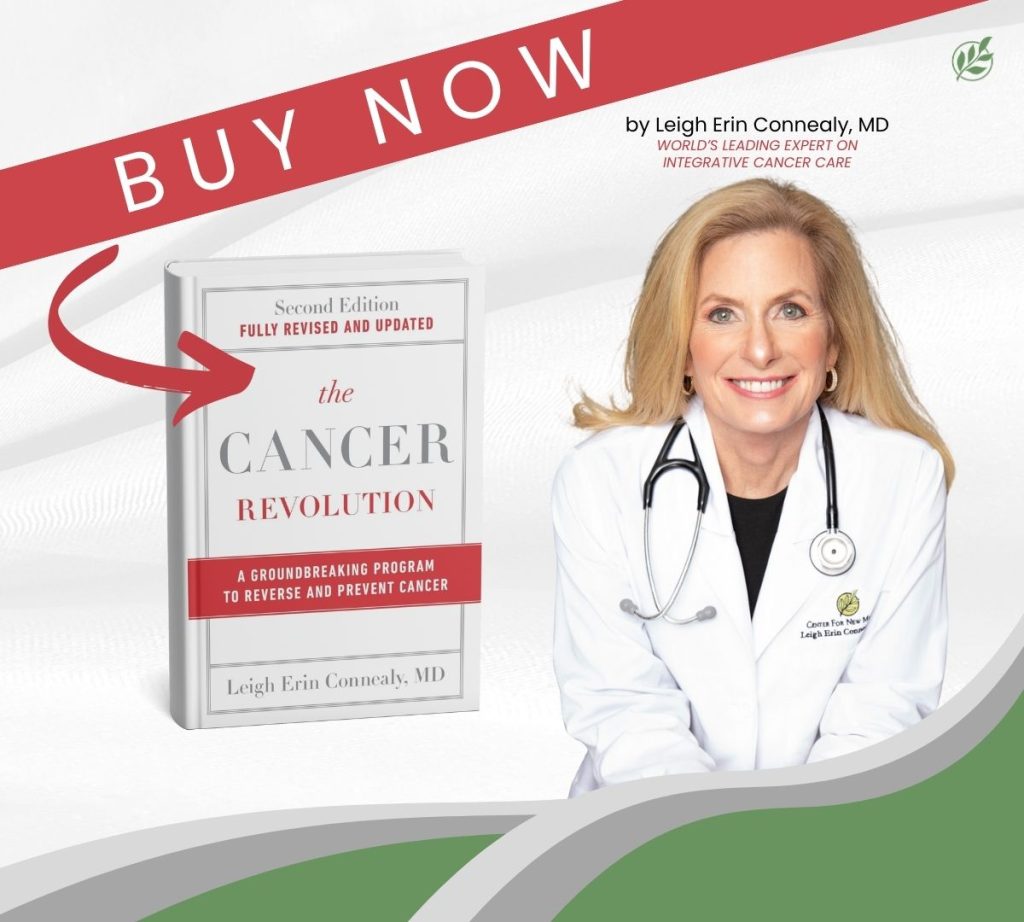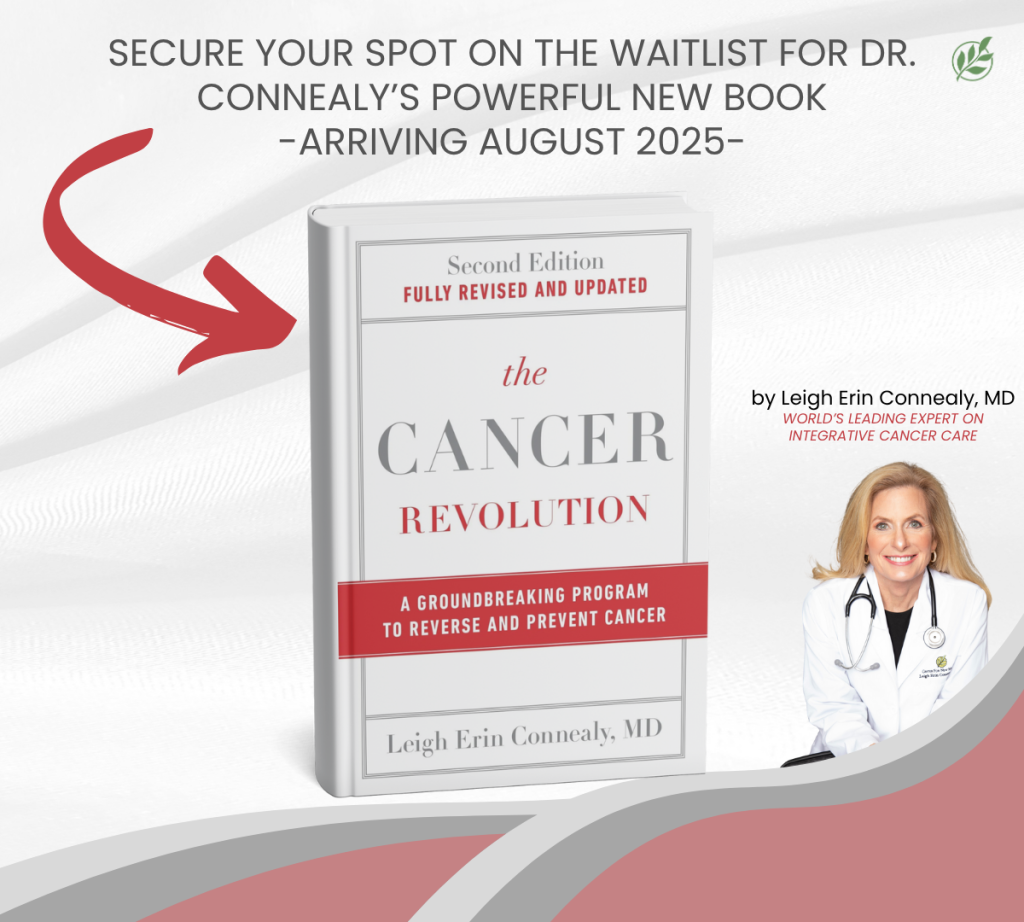One of the treatments we’re known for here at the Cancer Center for Healing is low-dose chemotherapy.
Most people we talk to are familiar with chemotherapy, whether or not they’re dealing with a cancer diagnosis. However, many people haven’t heard of low-dose chemotherapy and may not even know what a low dose of chemotherapy is.
A low dose of chemotherapy is one of the ways that we help patients treat cancer from an integrative perspective. Even though we offer a lot of alternative methods and holistic care compared with what you’ll receive from a traditional doctor, that doesn’t mean that we don’t utilize chemotherapy.
Chemotherapy works, but we administer it in a way that allows us to preserve the body’s natural healing abilities and immune system.
You can learn more about our approach at cancercenterforhealing.com/low-dose-chemotherapy-overview.
What Is a Low Dose of Chemotherapy?
Patients often want specifics when asking, “What is a low dose of chemotherapy?” In conventional oncology, chemotherapy doses are calculated based on the maximum tolerated dose (MTD), which is the highest dose patients can receive without life-threatening toxicity. A typical session might deliver doses that can significantly suppress bone marrow, weaken immunity, and produce harsh side effects such as nausea, fatigue, and hair loss.
Low-dose chemotherapy is generally a fraction of the standard dose, often 10–30% of the conventional amount. The goal is to maintain anti-cancer activity while reducing harm to healthy tissues. Instead of giving a single high dose followed by a long recovery period, low-dose chemotherapy may be administered more frequently, sometimes weekly or even daily, in what is known as a metronomic schedule.
So, what is a low dose of chemotherapy? It is a carefully measured amount designed to balance efficacy with tolerability, reducing side effects while still targeting cancer cells.
Comparing Standard vs. Low-Dose Chemotherapy
To understand the difference, consider a typical chemotherapy agent such as gemcitabine, often used for pancreatic cancer. A conventional dose might be around 1000 mg/m² per session, given every 7–14 days. With low-dose therapy, patients may receive 300–500 mg/m² per session, administered on a weekly or twice-weekly schedule.
Other drugs, such as paclitaxel or carboplatin, also have similar proportional reductions in low-dose protocols. These lower doses reduce the risk of severe fatigue, digestive upset, and immune suppression, while still exerting meaningful anti-tumor effects.
Frequency and Scheduling
Frequency is an essential aspect of low-dose chemotherapy. Standard regimens typically follow a cycle of high-dose treatment followed by rest periods to allow the body to recover. Low-dose chemotherapy often uses a more frequent schedule to maintain constant pressure on tumor growth while allowing the body to adapt and recover more effectively.
For example, instead of a single high-dose infusion every three weeks, a patient might receive smaller doses weekly. This metronomic approach has been shown to inhibit tumor blood vessel growth, improve immune surveillance, and synergize with supportive integrative therapies.
Side Effects of Chemotherapy on the Body and Immunity
Even at low doses, chemotherapy affects both cancerous and healthy cells. Rapidly dividing cells in the bone marrow, digestive tract, and hair follicles are vulnerable, which can result in side effects such as the following:
- Fatigue and decreased energy
- Nausea, vomiting, or digestive upset
- Hair thinning or loss
- Lowered immune function and increased infection risk
- Anemia or low platelet counts
With low-dose chemotherapy, these side effects are often milder, and the immune system is better able to recover. Preserving natural immunity is a priority in integrative oncology, as it helps the body fight infections and supports tissue repair during treatment.
Integrative Oncology Support
The Cancer Center for Healing and its sister clinic, the Center for New Medicine, embrace low-dose chemotherapy as part of a broader integrative approach. This model recognizes that healing involves more than just attacking cancer; it requires supporting the body, mind, and spirit.
Integrative therapies commonly paired with low-dose chemotherapy include the following:
- IV nutrient therapy, including antioxidants to protect healthy cells
- Detoxification protocols to support liver and kidney function
- Nutritional counseling to optimize cellular repair and reduce inflammation
- Mind-body medicine such as meditation, acupuncture, or gentle movement
By combining minimal chemotherapy with these therapies, patients often experience improved tolerance, reduced side effects, and enhanced overall well-being.
Addressing Patient Concerns
Many patients hesitate to pursue chemotherapy due to fear of side effects, fatigue, or hair loss. When we discuss what a low dose of chemotherapy looks like, we are also addressing these fears. Low-dose chemotherapy allows patients to maintain more energy, participate in daily activities, and feel more in control of their care.
It is also an emotional reassurance because patients no longer have to choose between aggressive treatment and quality of life. At the Cancer Center for Healing, we understand that these concerns are real and valid.
Benefits of Low-Dose Chemotherapy
Patients who receive low-dose chemotherapy as part of a personalized, integrative care plan may experience the following benefits:
- Reduced toxicity and milder side effects
- Maintenance of natural immunity
- Improved quality of life and energy levels
- Greater compatibility with complementary therapies
- Flexibility to adjust dosing based on response and tolerance
This approach allows patients to benefit from the power of chemotherapy while honoring the body’s resilience and healing capacity.
Embracing the Middle Ground
We at the Cancer Center for Healing don’t believe your cancer treatment options have to be between two different extremes: a sterile doctor’s office or a “hippie” cancer retreat. In fact, these ideas are actually based in an ignorant understanding of what integrative medicine actually is.
Integrative doctors don’t reject all forms of medicine; they simply utilize life-saving and science-backed techniques from a different perspective. Integrative medicine is about understanding the root of your medical concerns, such as cancer, and treating them using the treatments we’re all familiar with.
For those seeking more information about low-dose chemotherapy, including dosage ranges and personalized protocols, visit cancercenterforhealing.com/low-dose-chemotherapy-overview.
